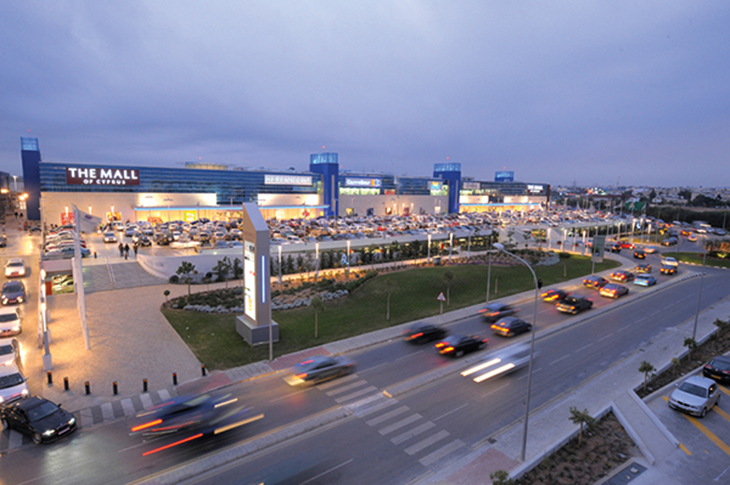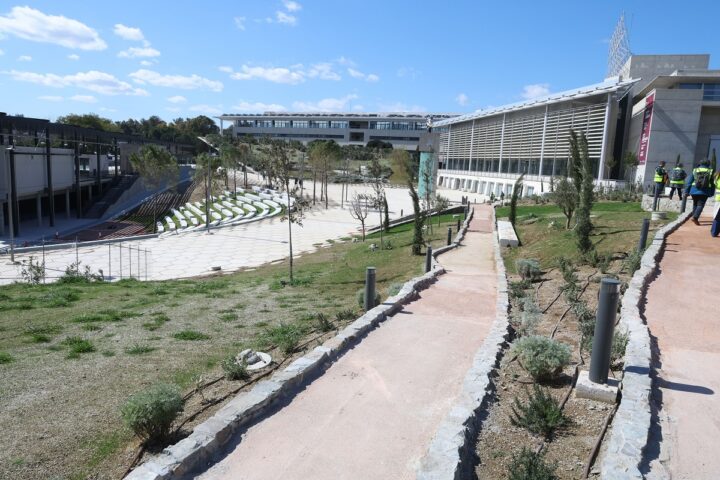The Transport Ministry is launching a tender to introduce smart traffic light systems to ease worsening congestion in the island’s two largest cities, Nicosia and Limassol.
This project is estimated to cost €6 mln with a timeframe of a maximum of 24 months and cover the busiest junctions in the centres of the two cities.
Transport Minister Yiannis Karousos told Phileleftheros daily the tender foresees the installation of 125 smart traffic lights, of which 70 will be in the capital and 55 in Limassol
These traffic lights will be connected to cameras, radar systems or sensors beneath the road, any of which can detect cars and trigger a light to turn from red to green.
A set of smart traffic lights have been installed at the busy Ayia Fyla roundabout in Limassol, reducing waiting time by 74%.
Karousos explained: “The traffic lights give the green signal timings at nearby intersections, coordinated via a central computer from the Traffic Control Centre at the Public Works Department, to reduce delays at traffic lights, especially during peak hours”.
As established by a University of Cyprus study, there is increased traffic in the morning from Ayia Phyla/Palodhia towards Limassol, while in the afternoon, it is on the highway from and to the Polemidia roundabout.
“So, the traffic lights system in the morning prioritises drivers coming from Ayia Fyla and in the afternoon drivers from and to the Polemidia roundabout.
“For this purpose, special sensors were placed under the road which receives data which is then fed to the central control system.
The system, when fully implemented, will collect traffic data from sensors placed at key points on the road network in urban areas, process it in real-time and then give instructions to the traffic lights control system.
And it will adjust the time of the green light depending on the traffic to reduce delays.
It will also coordinate neighbouring traffic light-controlled junctions on main roads to reduce the “start-stop” effect, creating green waves while reducing fuel consumption and emissions.
Buses and vehicles responding to emergencies, such as ambulances and fire engines, will get priority.
The system will also give warnings if a traffic light is out of order, preventing possible accidents.
I will also allow authorities to draft plans to handle traffic in case of an accident or road works.
Among the system’s advantages are the reduction of travel time by 10%-25%, reduced delays by 15%-35%, fewer “stop-start” by 10%-30%, and decreased public transport travel time by 28%.
Overall fuel consumption for travel is expected to drop by 8%-10%, reducing pollutant emissions by 10%-15% and improving air quality.
The regional urban traffic control and management system – co-financed by the EU – will be implemented in Nicosia and Limassol in two phases.









